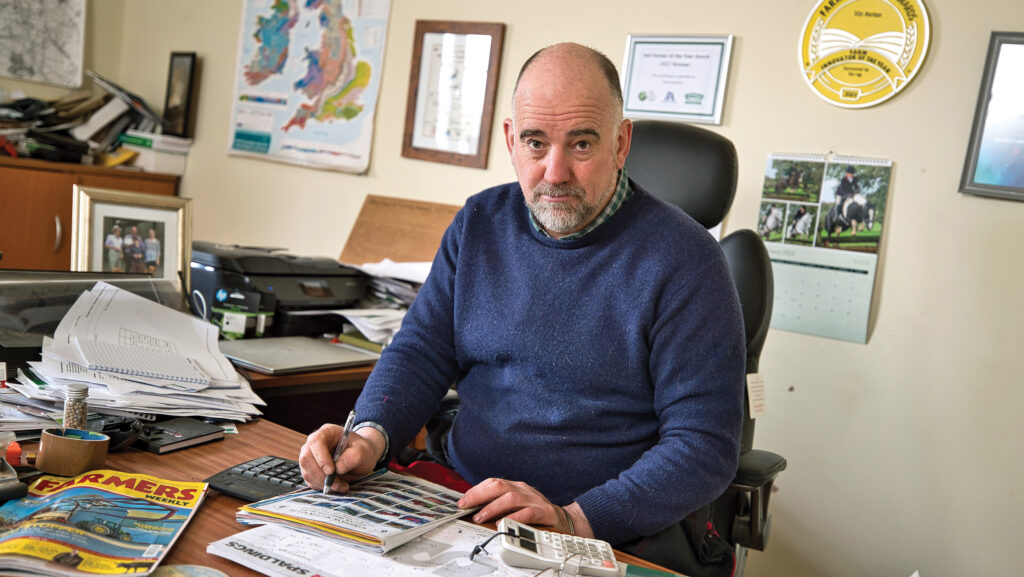Farmer Focus: Focussing on the science behind the soil
 © Richard Stanton
© Richard Stanton As farmers we are eternal optimists. We have to be, we see failure of crops and death of animals, but we are always believing that next time will be better.
As harvest 2025 draws to an end, results vary from field to field and parish to parish, dependent on rainfall, soil type and a little bit of luck. We all need that from time to time.
See also: Harvest 2025: Bulk of harvest nears completion
Yields here weren’t as bad as I expected. Still a couple of t/ha down from where they would normally be for wheat, but with a good sample.
As always, our attention starts to focus on cropping for 2026 and a brighter future.
My attention will be drawn to getting the plant balanced and working going into the autumn.
A seed should have everything it needs to start off in life, including endophytes to assess and work in the environment that the seed has been placed.
The whole objective is to get the seed germinating and photosynthesising to feed the biology, which is the rhizophagy cycle in action, fuelling the plant with the required nutrition.
My job as a grower is to assist where necessary to keep the plant balanced, as the last thing I want is for nitrate and ammonium to be at high levels within the plant and not being converted into amino acids and proteins.
The aphids feed on plant sap to consume the nitrates and convert into their own amino acids, which are the building blocks of proteins.
I need to ensure the plant has the right amount of magnesium, sulphur, molybdenum and boron to allow it to convert the nitrate and ammonium into amino acids.
Nitrates are lower for me normally as I do not cultivate, I do not get the mineralisation of organic matter.
Instead, I get the continued release through biology. But I want biology to fix some nitrogen for me from the atmosphere and convert it into ammonia.
This then gets converted into ammonium for the plant to utilise, through a process called biological nitrogen fixation.
This process has been going on for billions of years and is one which we need to focus on far more, for financial and environmental reasons.


